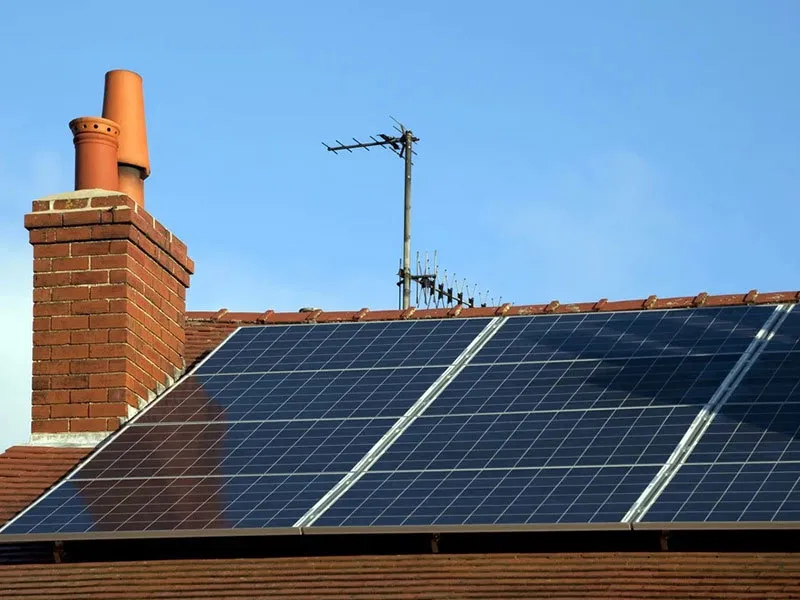multi string solar inverter
Understanding Multi-String Solar Inverters An Overview
As the world increasingly turns to renewable energy sources to combat climate change, solar power has emerged as a key player in the energy landscape. Among various solar components, inverters play a vital role, converting the direct current (DC) generated by solar panels into alternating current (AC) for use in homes and businesses. Among the many types of inverters available, multi-string solar inverters are gaining traction due to their efficiency and flexibility. This article delves into the functionality, advantages, and applications of multi-string solar inverters.
What is a Multi-String Solar Inverter?
A multi-string solar inverter is a type of inverter designed to manage multiple strings of solar panels. A string refers to a series of solar panels connected in series. In a multi-string setup, multiple strings can be connected to a single inverter. This design allows for better optimization of energy production from solar panels, especially in scenarios where panels may receive varying amounts of sunlight, due to shading or other factors.
How Do Multi-String Solar Inverters Work?
Multi-string solar inverters operate by using a series of algorithms to optimize solar energy output. Each string can be monitored separately, and the inverter dynamically adjusts for the varying performance levels of each string. For instance, if one string is partially shaded while another receives full sunlight, the inverter can compensate by maximizing the output from the unshaded panel string, ensuring that the overall energy production is optimized. This feature is particularly beneficial in residential or commercial settings where roof obstructions or differing orientations of the solar panels might affect performance.
Advantages of Multi-String Solar Inverters
1. Efficiency Optimization One of the most significant advantages of multi-string inverters is their ability to optimize energy production. By independently managing each solar panel string, these inverters can reduce losses caused by shading or orientation differences.
2. Flexibility in System Design Multi-string inverters allow for more versatile system designs. They enable the combination of strings with different numbers of panels and various panel types, making it easier to integrate new technology or replace older panels within the same solar array.
multi string solar inverter

3. Easier Fault Detection With the capability to monitor each string separately, these inverters provide valuable diagnostic information. If one string underperforms, it is easier to identify and address the issue, such as a malfunctioning panel or wiring problem, therefore reducing downtime.
4. Scalability Multi-string inverters can be a suitable choice for homeowners and businesses planning to expand their solar systems in the future. As energy needs grow, additional strings can be added without the need to replace the entire inverter system.
5. Cost-Effective Although multi-string inverters may have a higher initial cost than standard string inverters, their ability to maximize energy production often leads to better long-term financial returns, making them a cost-effective option in the long run.
Applications of Multi-String Solar Inverters
Multi-string inverters are particularly well-suited for diverse applications, from residential rooftops to large commercial installations. In residential settings, homeowners with complex roof designs or shading issues can greatly benefit from the flexibility and efficiency offered by multi-string inverters. In commercial applications, where solar installations are larger and may have varying orientations, these inverters can effectively manage energy production across the entire system, ensuring optimal performance.
Additionally, as the demand for solar energy continues to rise, multi-string inverters are likely to become a standard feature in many new solar installations, paving the way for more efficient solar energy generation.
Conclusion
In conclusion, multi-string solar inverters represent a significant advancement in solar technology, providing enhanced efficiency, flexibility, and scalability. As more individuals and businesses recognize the benefits of solar power, the role of innovative components like multi-string inverters becomes increasingly critical in the pursuit of renewable energy solutions. Investing in a multi-string solar inverter can ensure that solar energy systems operate at their full potential, ultimately contributing to a more sustainable future.
-
Understanding the Advantages of Solar String Inverters for Your Energy SystemNewsApr.29,2025
-
Choosing the Right PV Inverter: A Comprehensive GuideNewsApr.29,2025
-
The Future of Solar Power: Exploring Bifacial Solar PanelsNewsApr.29,2025
-
The Complete Guide to Solar Panels: Efficiency, Cost, And InstallationNewsApr.29,2025
-
The Best Options for Efficiency and Cost-EffectivenessNewsApr.29,2025
-
Harnessing the Power of Off-Grid Solar Inverters for Energy IndependenceNewsApr.29,2025







